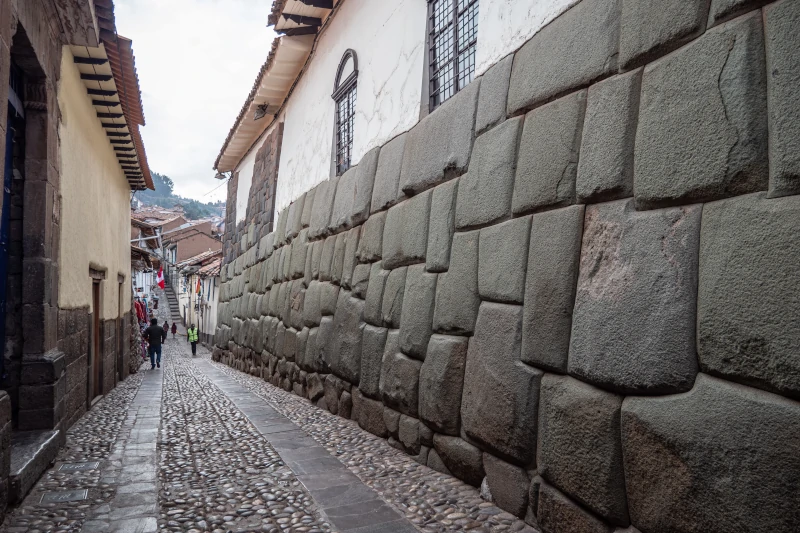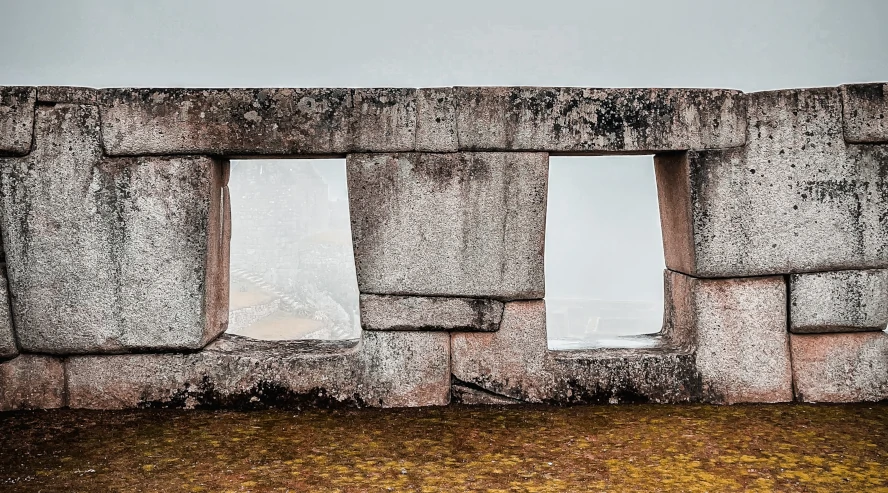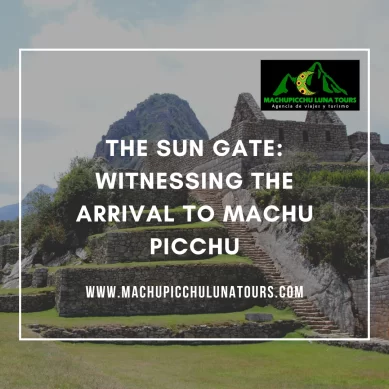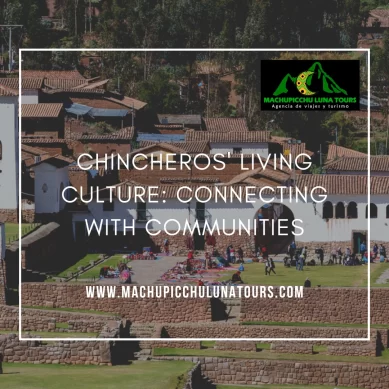The Inca Empire, a civilization that flourished in the heart of South America long before the arrival of Europeans, has left an indelible mark on history. Known for their impeccable architecture, extensive road networks, unique social structure, and an array of significant cultural contributions, the Incas epitomized the grandeur of pre-Columbian civilizations.
In this article, we will traverse through the corridors of time to the epoch of the Incas, unraveling the intricate tapestry of their society, culture, and ingenuity. We’ll unearth the secrets of their monumental architectural marvels, comprehend their sophisticated administrative systems, and delve into their fascinating religious beliefs and practices. We’ll also examine the lasting impact of this civilization on modern-day South America and beyond.
Architectural wonders and engineering feats
The Inca Empire, at its zenith, was a cradle of architectural and engineering marvels. Thus, the remnants of their ingenuity continue to inspire awe. A prime example is Machu Picchu. Nestled high in the Andes, it’s a testament to Inca craftsmanship.
Machu Picchu features an intricate labyrinth of finely crafted stone structures. It displays mortarless buildings, showcasing the precision of Inca masonry. The buildings, terraces, and stairways blend harmoniously with the mountainous landscape. Thus, this reveals a profound understanding of nature.
Another architectural gem is Sacsayhuaman, located in the ancient Inca capital, Cusco. It’s a massive, fortified complex. Sacsayhuaman’s zig zag walls, made from colossal stones, are an engineering marvel. How the Incas moved, cut, and fit these stones remains a mystery.
Choquequirao, often dubbed as Machu Picchu’s sister city, is another masterpiece. It’s a city that mirrors the architectural prowess of the Incas. Perched on a remote mountaintop, Choquequirao’s structures feature an intrincate architecture. They’re harmoniously embedded within the harsh Andean terrain.
Additionally, these sites are a testament to the advanced hydraulics knowledge of the Incas. The Incas built intricate irrigation systems and canals. These systems effectively harnessed water from mountain streams. They supplied their cities with fresh water and irrigated their terraced fields.
In sum, the architectural wonders and engineering feats of the Incas are remarkable. They offer insights into the advanced capabilities of this pre-Columbian civilization. Despite the challenges posed by their environment, the Incas harnessed it masterfully. Thus, their legacy lives on in these magnificent structures.
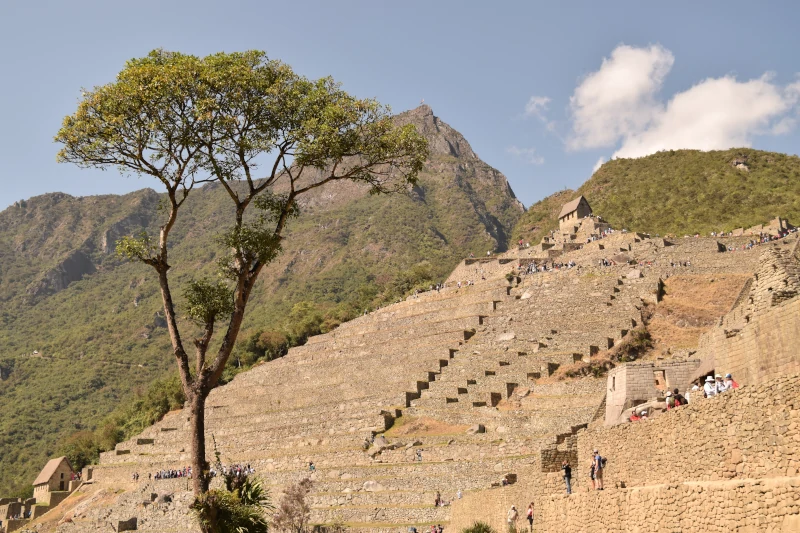
Society, culture, and religion
The society of the Inca Empire was a tapestry of complexity, interwoven with distinct threads of culture and religion. Thus, this ancient society featured a strong hierarchical system. The Sapa Inca, or emperor, sat at the top. Nobles, craftsmen, and farmers followed in descending order.
Inca culture thrived on rich traditions. Quechua was the language spoken, providing a unifying thread across the empire. Additionally, traditional Andean music and dance played a significant role in celebrations. Weaving, pottery, and metalwork were also highly developed crafts, each bearing unique Inca motifs.
Agriculture was vital, with the potato and maize being the principal crops. The Incas developed terracing and irrigation systems, harnessing their challenging environment effectively. The Mit’a system, a form of public service, ensured communal work on these agricultural fields.
Religion was integral to Inca life. They practiced polytheism, worshiping a pantheon of gods. Inti, the sun god, was paramount, considered the ancestor of the Inca royalty. Apus, or mountain spirits, were also worshiped, embodying the Inca’s profound respect for nature.
Religious rituals often took place in sacred sites, such as Waqrapukara. This less-known archaeological site probably served both as a fortress and a temple. Its unique architecture and remote location lent a mystical aura to the religious ceremonies conducted there.
Religion influenced Inca architecture too. Many Inca buildings featured structures aligned with celestial bodies. This allowed them to serve as astronomical observatories, furthering their religious and agricultural practices.
Thus, the society, culture, and religion of the Inca Empire were interlinked, each facet reflecting their ingenuity. Their societal norms, cultural richness, and religious beliefs offer insights into the multifaceted character of this remarkable civilization.
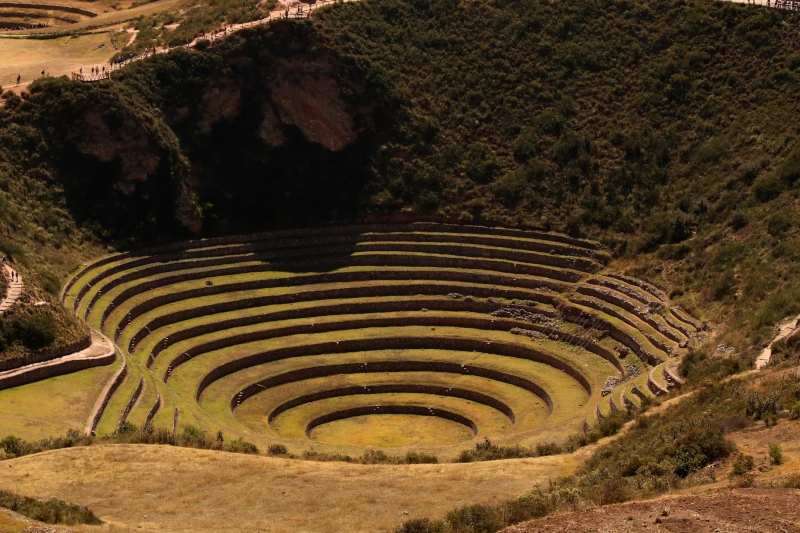
The Inca Empire’s lasting influence
The legacy of the Inca Empire permeates through modern South America and beyond. Their influence is visible in various aspects of contemporary life.
In Peru, Ecuador, and Bolivia, traces of the Inca culture remain vibrant. Quechua, the language of the Incas, is still widely spoken. Traditional Andean music, infused with Inca rhythms, echoes through the highlands.
The Incas’ agricultural innovation continues to influence farming methods. The terracing techniques they pioneered are still employed in Andean agriculture. They help to prevent soil erosion and optimize water use.
In architecture, the Inca’s influence is evident. The ancient city of Cusco, once the Inca capital, retains its original layout. Many buildings incorporate original Inca walls into their structure.
Modern Peruvian cuisine draws heavily from Inca food staples. Corn, potatoes, and quinoa, central to the Inca diet, remain popular. These ingredients underpin many traditional dishes.
The Inca Empire’s religious impact is also discernible. Many indigenous Andean people continue to revere Pachamama, the Earth Mother. Their respect for nature and the environment mirrors Inca beliefs.
The Inca influence extends to tourism. Inca archaeological sites attract millions of visitors annually. Machu Picchu, Sacsayhuamán, and Choquequirao are popular destinations.
Finally, to fully appreciate the Inca’s lasting legacy, a visit to Vinicunca Rainbow Mountain is a must. The panoramic vistas and the play of colors are truly breathtaking. This natural wonder, revered by the Andean people, will transport you back in time. It’s a fitting tribute to a civilization that so deeply respected the natural world.
So, pack your bags, lace up your hiking boots, and embark on an unforgettable journey into the heart of the Inca Empire’s enduring legacy.
